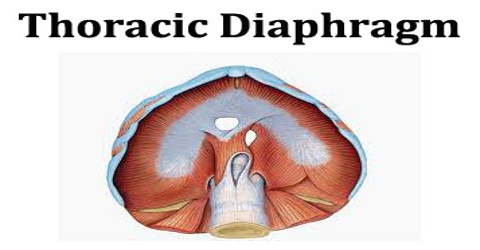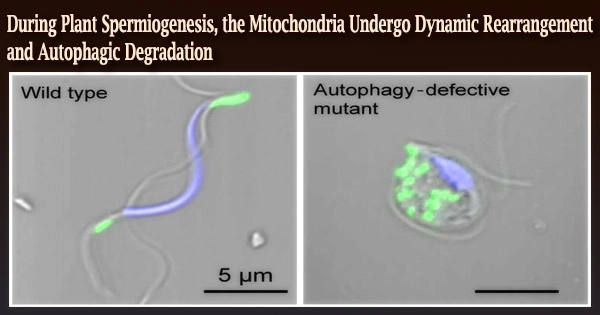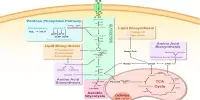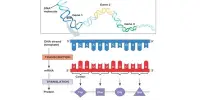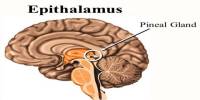Thoracic Diaphragm
Definition
Thoracic diaphragm is the large muscle that separates the chest cavity from the abdominal cavity in mammals and is the principal muscle of respiration. As the diaphragm contracts and moves downward, the lungs expand and air moves into them. As the diaphragm relaxes and moves upward, the lungs contract and air is forced out of them.
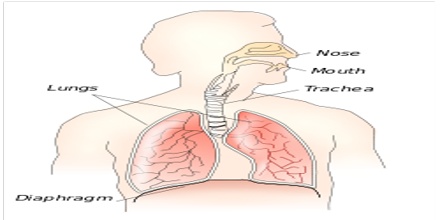
The origins of the diaphragm are found along the lumbar vertebrae of the spine and the inferior border of the ribs and sternum. Openings in the diaphragm allow the esophagus, phrenic and vagus nerves, descending aorta, and inferior vena cava to pass between the thoracic and abdominal cavities. The lungs are enclosed in the thoracic cavity by the rib cage on the front, back, and sides with the diaphragm forming the floor of the cavity.
Structure and Functions of Thoracic Diaphragm
Structurally, the diaphragm consists of two parts: the peripheral muscle and central tendon. The peripheral muscle is made up of many radial muscle fibers, originating on the ribs, sternum, and spine that converge on the central tendon. The central tendon a flat aponeurosis made of dense collagen fibers acts as the tough insertion point of the muscles. When air is drawn into the lungs, the muscles in the diaphragm contract, and pull the central tendon inferiorly into the abdominal cavity. This enlarges the thorax and allows air to inflate the lungs.
Serving as the inferior aspect of the thorax, it is the means by which the chest cavity volume is increased. In order to expand the thorax, increase the vertical dimension of the chest, and decrease the air pressure in the thoracic cavity, this sheet of muscle has to flatten out by contracting.

Diaphragm sometimes contracts involuntarily due to certain irritations; these contractions can happen because we eat too quickly, drink carbonated beverages, experience some acid indigestion, or are dealing with a stressful day. If air is inhaled at these times of contraction, the space between the vocal cords at the back of the throat closes suddenly; producing the noise we call hiccups. Short-lived hiccuping episodes are very common. Longer-term hiccups (lasting for days) can occur as well and are usually caused by irritated nerves, though medical attention would be needed in order to rule out other health concerns.
Diaphragm functions in breathing. During inhalation, the diaphragm contracts and moves in the inferior direction, thus enlarging the volume of the thoracic cavity. This reduces intra-thoracic pressure: In other words, enlarging the cavity creates suction that draws air into the lungs. It is also involved in non-respiratory functions, helping to expel vomit, feces, and urine from the body by increasing intra-abdominal pressure, aiding in childbirth, and preventing acid reflux by exerting pressure on the esophagus as it passes through the esophageal hiatus.
Reference: healthline.com, dictionary.com, innerbody.com, wikipedia.
